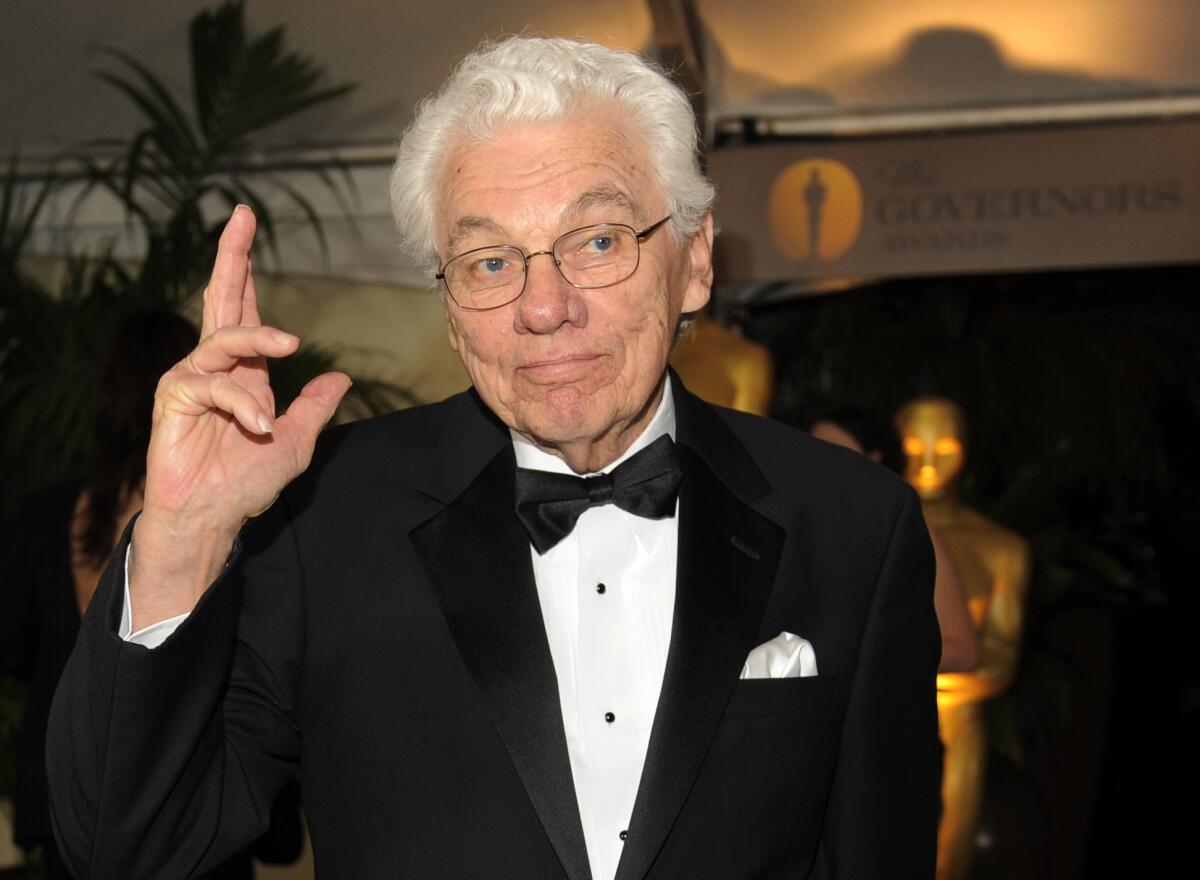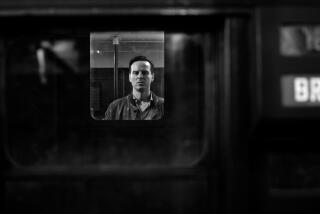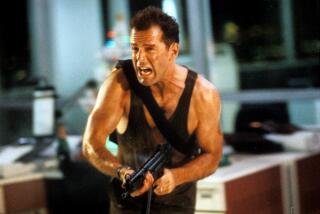Gordon Willis dies: 8 of cinematographer’s most memorable movies

- Share via
The acclaimed cinematographer Gordon Willis, who died Sunday night at age 82, helped define the look of American cinema in the 1970s and ‘80s. Known as the Prince of Darkness for his bold use of shadows, Willis was a frequent collaborator of Francis Ford Coppola and Woody Allen, with whom he created some of the most striking images of the New Hollywood era.
Here are eight examples of Willis’ aesthetic.
“Annie Hall” (1977): The initial pairing might have seemed an odd one — Allen was a director known for his brainy farces, and Willis had tended to shoot dark, dramatic pictures — but it marked the start of a fruitful, enduring partnership. In “Annie Hall,” Willis used distinctive color schemes for the film’s locations, alternating between the muted earth tones of overcast New York and the bright, golden glare of California.
“Manhattan” (1979): Willis shot his next film for Allen in anamorphic widescreen, the cinematographer’s favorite format, and in textured black and white. The result is nothing less than a love letter to New York. “We both felt that New York was a black-and-white city,” Willis recalled in Time Out.
“Manhattan” also features one of Willis’ and Allen’s signature images: the bridge scene, in which Allen and Diane Keaton chat until sunrise under the Queensboro Bridge.
“Klute” (1971), “The Parallax View” (1974) and “All the President’s Men” (1976): Prior to working with Allen, Willis photographed Alan J. Pakula’s “paranoia trilogy,” a string of conspiracy thrillers starring Donald Sutherland, Warren Beatty, and Robert Redford and Dustin Hoffman, respectively.
Willis used vertiginous angles and odd zooms to reinforce the unease and disorientation in “Klute,” and wide shots of Beatty set against imposing geometric architecture to underscore his precarious isolation in “The Parallax View.”
In “All the President’s Men,” a dramatization of Carl Bernstein and Bob Woodward’s investigation of the Watergate scandal for the Washington Post, Willis applied his trademark chiaroscuro to the underbelly of D.C. while filming the Post newsroom as a brightly lighted beacon of truth.
“The Godfather” trilogy (1972, 1974, 1990): Willis truly earned his Prince of Darkness sobriquet working on “The Godfather” films for Francis Ford Coppola. He created the indelible image of Marlon Brando as Mafia boss Vito Corleone, his eyes (and ethics) frequently hidden in the shadows.
In “The Godfather: Part II,” Willis rendered the flashback sequences of a young Vito (Robert De Niro) in warm amber tones, giving them a nostalgic glow. Willis’ work on the final chapter of the series, “The Godfather: Part III,” earned him an Academy Award nomination for cinematography.
More to Read
Only good movies
Get the Indie Focus newsletter, Mark Olsen's weekly guide to the world of cinema.
You may occasionally receive promotional content from the Los Angeles Times.









